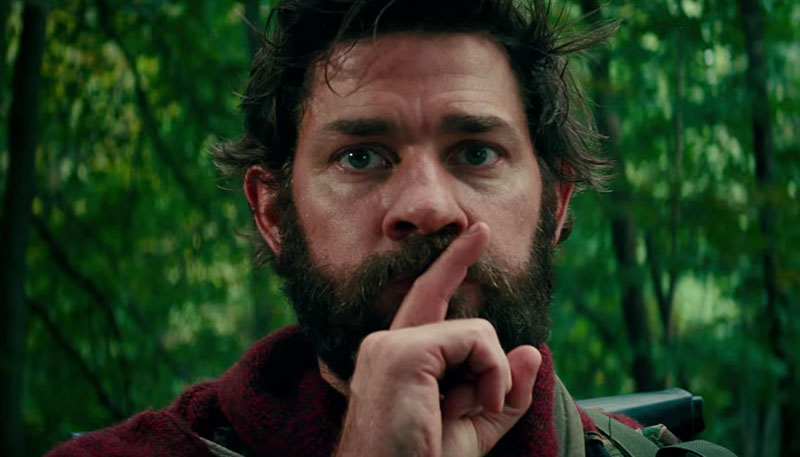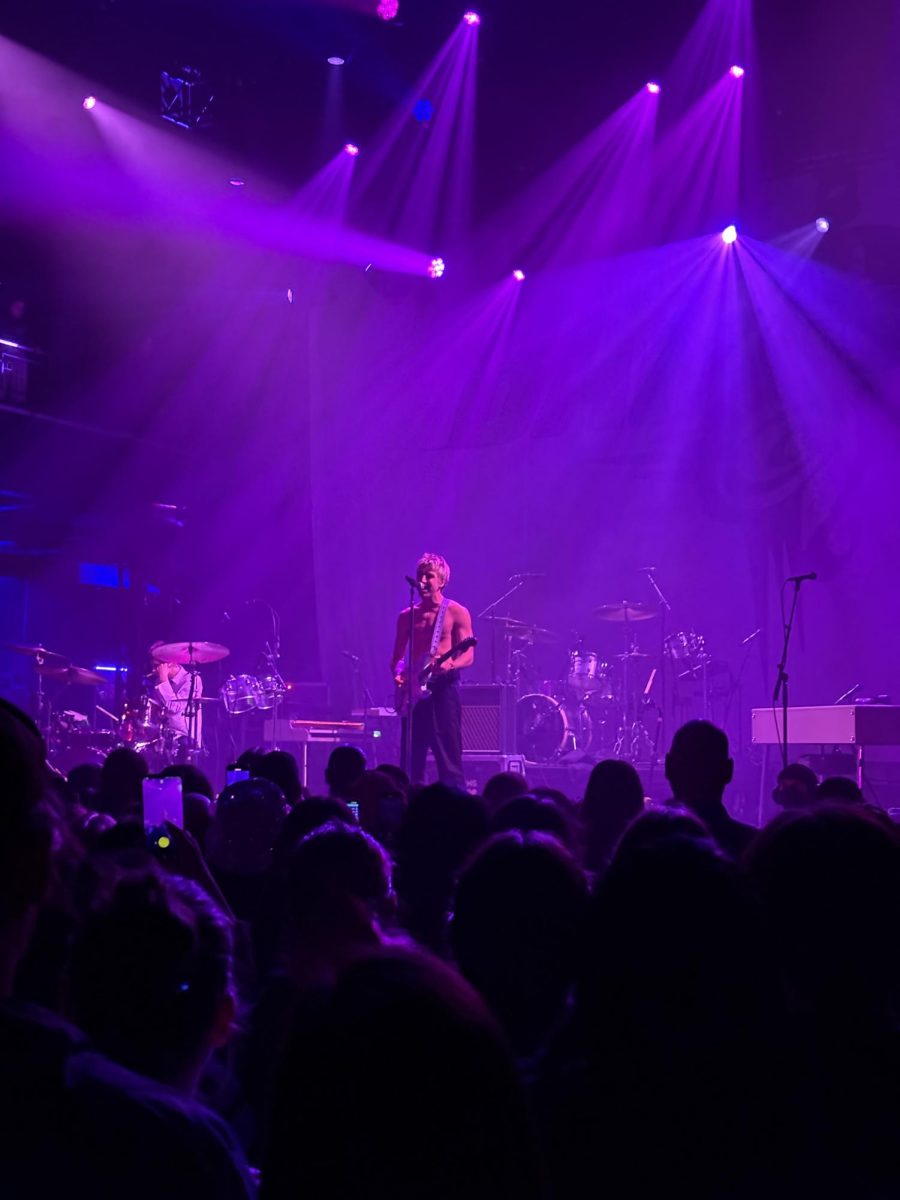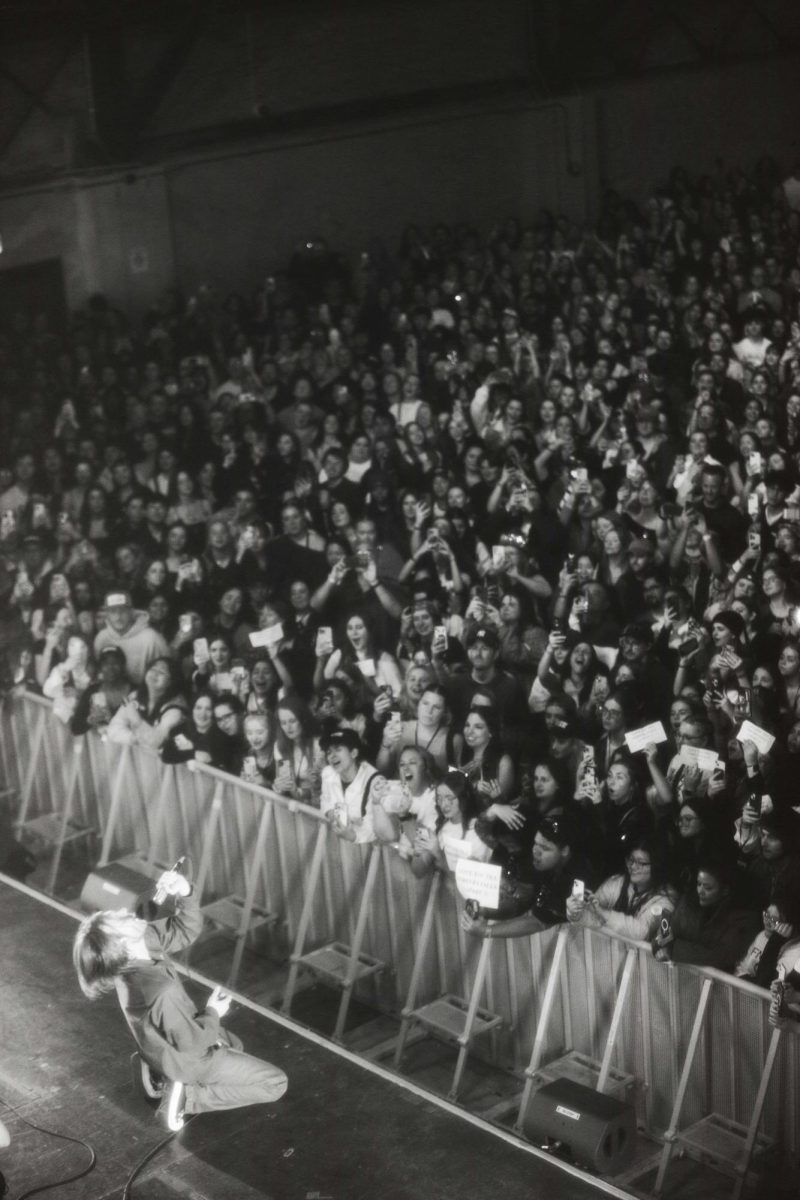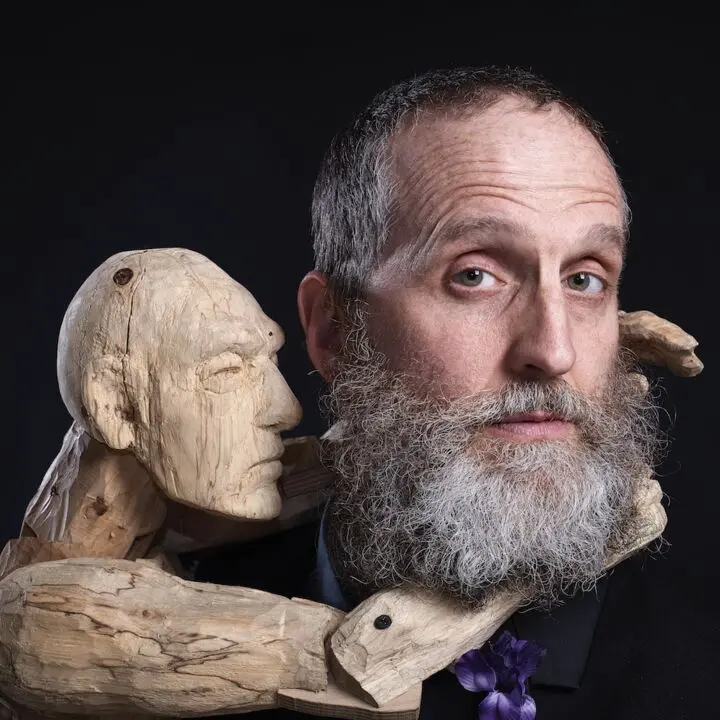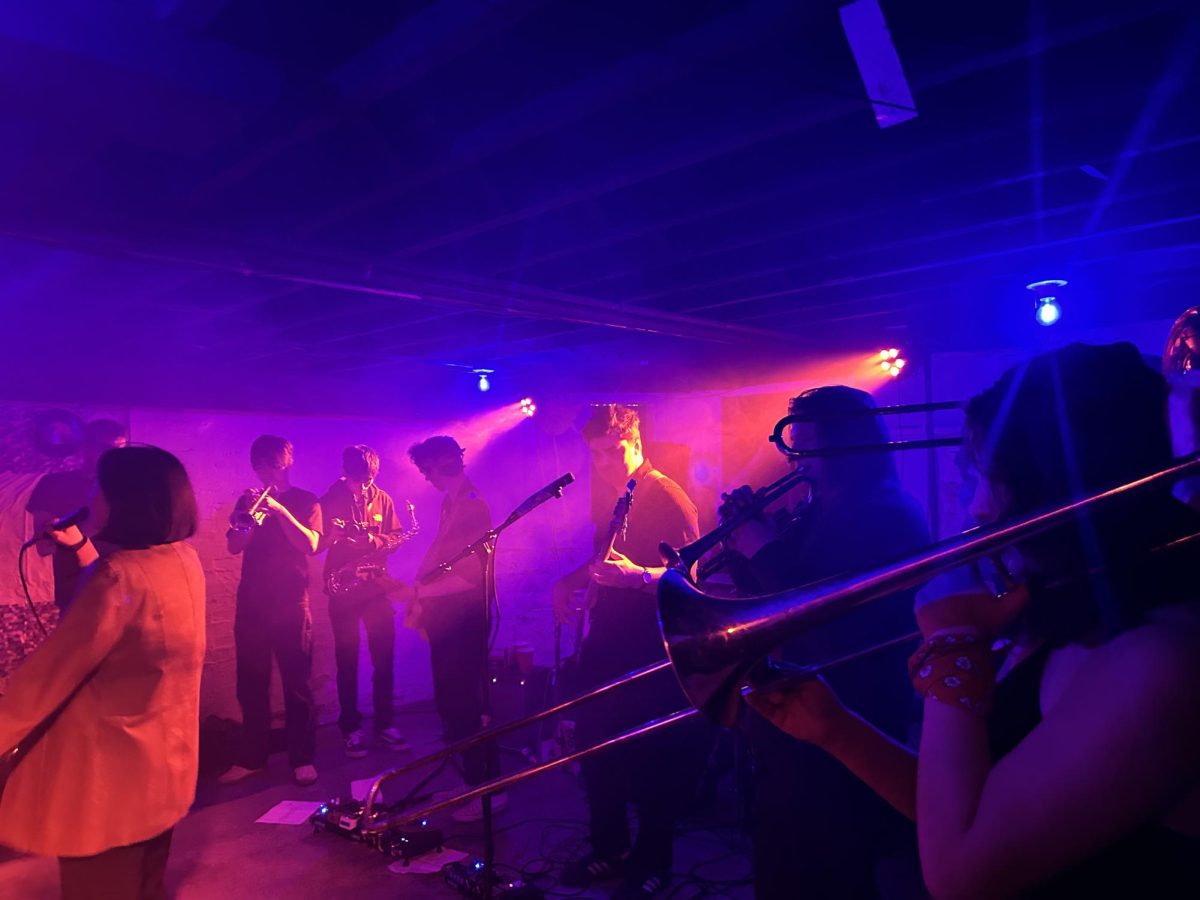More than any other films, horror movies are especially prone to squandering great premises with shoddy production and badly written scripts. This may very well be a flaw inherent to the genre; filmmakers are often tempted to rely on jump scares to distract audiences from an uneventful or low-effort plot. All studios have to do is slap an interesting-sounding idea onto a trailer and eventually enough teenagers will flock to the theater with their friends to make the film a financial success.
With A Quiet Place, however, third-time director John Krasinski has done the seemingly impossible, masterfully utilizing these tried horror tropes in ways that both build incredible suspense and actually make sense. Equally terrifying and touching, the plot follows a family living in rural America at a time when an alien invasion has killed the majority of the population. The only things the family knows about the monstrous invaders is that they have supernatural hearing and will immediately kill anything that makes noise. Noise being their enemy, the family has found creative ways to stay silent at all costs: They speak exclusively in sign language and walk predetermined, noiseless paths in their house.
Even though A Quiet Place is about sound, it strategically deprives the viewer of it, so that any minimal disruption of the mostly-silent film becomes a jump scare, creating immediate and long-lasting effects that most horror movies only dream of. Viewers will find themselves dreading the next moment a character makes the mistake of disrupting the silence, foreshadowing the monsters’ arrival.
Such care also means that when the film does use sound, it feels effective and earned, when in a less consistent film it might have felt cheap. When the whole audience is cringing at the slightest noise, loudness is viscerally terrifying in a way that would have been simply impossible without the film’s commitment to following the rules of its premise.
The suspense is also helped by likable characters, who the viewer wants to see survive. Krasinski plays a rugged and caring father alongside his real-life wife, Emily Blunt, as the mother. Their chemistry is impeccable and heartwarming; even amid their horrible reality, you never doubt their unwavering commitment to each other and their children. Blunt in particular stands out, handling incredibly difficult and extreme scenes without ever wandering into cheesy territory. Their children, played wonderfully by Millicent Simmonds and Noah Juppe, are also believable characters. As kids, they make plenty of bad decisions, but it never feels like their mistakes are gimmicks pushing the plot toward more scary scenes. The children feel like real people with real problems—Simmonds's character is deaf, as is the actress herself, and sound is pulled from the scenes in the movie that take place from her perspective.
More importantly for the movie, however, it is never obvious that the characters are either totally safe or doomed to die. The movie is unpredictable in the best way as it leaves audience members on the literal edge of their seats—with hands partly covering their eyes, in my theater—wondering if characters will escape their deadly situations. And the film wastes no time in showing the deadly consequences of making sound in this world; within the movie’s first few minutes, Krasinski makes bold directorial choices that establish a tense mood that does not let up for its perfectly-paced 90-minute runtime.
Indeed, Krasinski has shown himself here to be an incredibly talented director. The film is shot to be beautiful and unnerving when it needs to be, with lighting that leaves just enough to the imagination as to make every scene as tense as possible. The sound design is even more impressive, easily Oscar-worthy—incredible restraint was shown with how many extraneous sounds are present in the film, with everyday diegetic sounds being amplified to keep the audience on its toes. The sparse score only kicks in when it contributes to the film’s atmosphere, building a hectic soundscape that only enhances the sounds made by the characters.
For moviegoers seeking a subtle yet extremely effective thrill ride, I cannot recommend A Quiet Place enough. Even disillusioned horror-skeptics who are sick of PG-13 horror tricks will find this movie utterly captivating; I daresay it might even reverse critical pushback toward horror movies. A Quiet Place demonstrates that in the right hands, a simple premise can use and subvert established elements of modern horror and create a masterpiece that stands among the best the genre has to offer.



